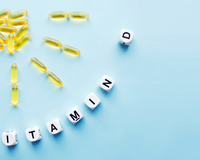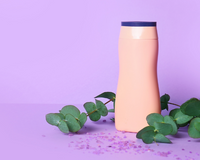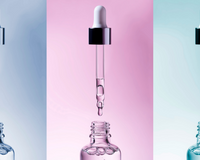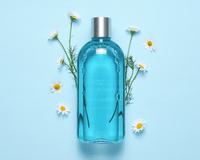If you assist children to develop good black child hair care products, they will have fewer hair issues as adults. Adults aren't the only ones who need to take care of their hair. Many popular hair care techniques might cause hair to become lifeless. Using shampoo on your hair rather than your scalp and combing it while wet might cause damage to your hair. Hair that is damaged seems unhealthy.
Learning how to wash your hair without harming it is the first step toward healthy hair maintenance. Follow these procedures when your kid is ready to begin shampooing to help your child develop good hair care habits. Warm water should be used to moisten the hair and scalp. The shampoo is most effective on damp hair and heads. Fill your child's palm with a quarter drop of shampoo. Putting on the shampoo first makes it easier to apply. Tell your youngster to gently massage the shampoo into his or her head. When shampooing, be sure to focus on the scalp rather than the full length of the hair. Hair that is washed just once a week is prone to becoming dull and coarse. Rubbing the shampoo into the hair can cause breakage and result in unhealthy-looking hair.
Black Child Hair Care Products
A towel should be used to cover the hair. Assist your youngster in wrapping a towel over damp hair. This aids in water absorption. Using a towel to dry your hair might cause damage and breakage. Comb through damp hair gently. When combing curly hair, use a comb with large teeth. Pulling or pulling the comb through the hair may cause it to pull or break.
Dermatologists' recommendations for children's conditioners: Conditioner should be used on children's hair that is dry or frizzy. Teach your youngster about other healthy hair care practices. Many of the things we use to style our hair end up damaging it. This damage can build up over time, resulting in unhealthy and unsightly hair. The greatest method to avoid unhealthy hair is to educate children on proper hair-care practices.
Dermatologists provide the following advice to parents to assist their children to acquire appropriate hair care practices that can help avoid hair damage:
- Use covered rubber bands to keep the braids and ponytail loose.
- Consider styles that do not necessitate the use of heat or chemicals.
- When putting heat on the hair, reduce the heat.
Recognize that the chemicals in relaxers, dyes, and other hair styling products cause hair damage. The more time you wait between treatments, the better for your hair. After your youngster has swimming, be sure to wash off the pool chemicals. Shampooing is the greatest option if your child's hair is greasy and normal. Children with extremely dry hair or African American hair should rinse thoroughly and add conditioner. Unwashed pool chemicals can cause hair damage. Use a broader tooth comb rather than a brush.
Black Child Hair Care Products For Good Looking
Don't be concerned if your child's hair is overly tangled. Because there are several methods for untangling snarled hair. First, consider the type of comb you'll be using. Always go for ones with big, broad teeth. As a result, even the most tenacious knots may be softly untied. You won't have to pluck your child's hair this way. Another tip for caring for your child's hair is to detangle it while he or she is in the shower.
You may also strengthen your child's hair using conditioners designed specifically for youngsters. Always start at the ends of the hair, especially if your child has long hair. After untying the knots, start scanning from top to bottom. Another strategy is to divide the hair into sections and start combing from the ends of the hair. Also, the best time to do this is when your baby is in or just out of the shower.
Combing a child's long hair should be as routine as cleaning his or her teeth. This is best done during the day and at night. Every person's hair is shed every day and replaced with new ones. When these hair strands fall off the skin, they combine with other hairs. As a result, children's hair should be brushed at least twice daily.
Child Hair Care
When washing your children's hair, use cold water. It is not advisable to wash with hot water on a regular basis. Because, in addition to harming the hair, it also harms the scalp. You can wash your youngster with warm water if he or she does not enjoy cold water. In addition, we recommend soaking your child's hair in warm water before applying conditioner. This product should only be used on hair that is extremely unmanageable and obstinate.
Warm water will open the pores, allowing the conditioner to do its job. Allow the conditioner to sit for 1 minute before rinsing thoroughly with warm water. Finally, we recommend that you see a reputable hairdresser. Hair healing might be made more difficult by poor haircuts or hair treatments.
Haircare is incredibly essential, despite the fact that it is often disregarded when it comes to infant and newborn care. It is critical to understand the hair structure before taking action to care for your child. The length of the hair, as well as its length, should be considered in this context. The requirements of a curly long hair structure that is difficult to comb and a short, thin, and straight hair structure will differ. Knowing the structure of your hair can help you decide what sort of shampoo to use.
When selecting a shampoo, you should focus on the chemicals it contains rather than the structure of your hair. Using a clean shampoo that will not burn your child's eyes during the bath will be good for your health. If your child's hair structure is challenging, you can use a conditioner after shampooing, as long as the substance is clean. Conditioner will make post-bath combing easier. Instead of conditioner, you may use sprays to make combing simpler on all hair types.









